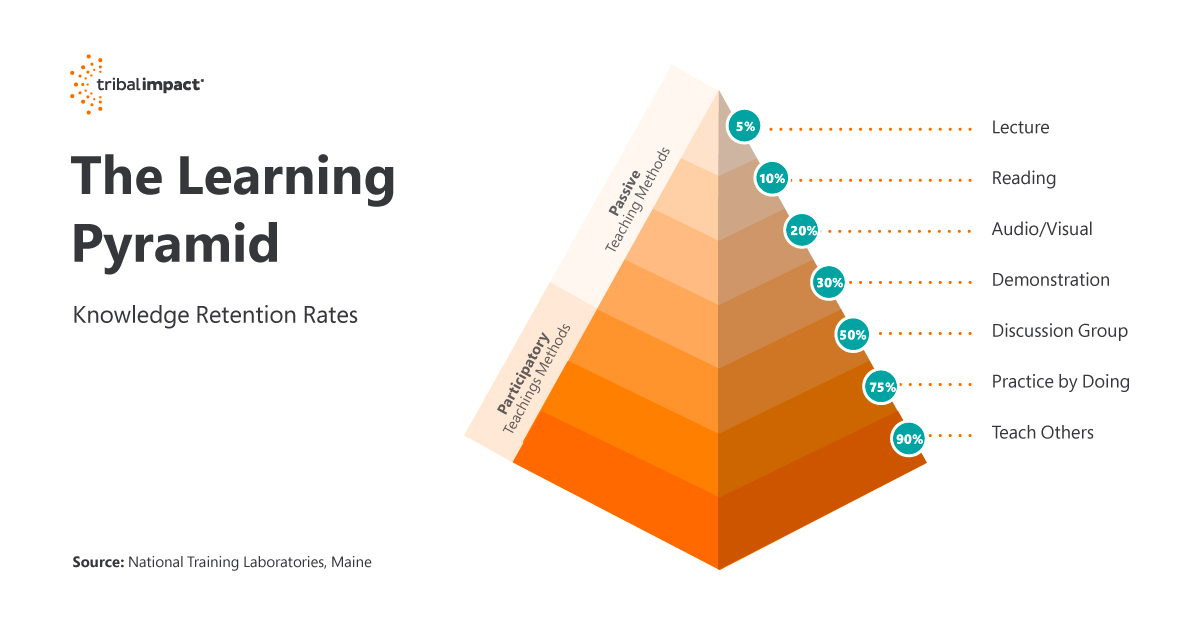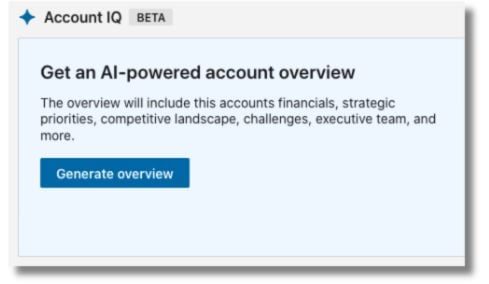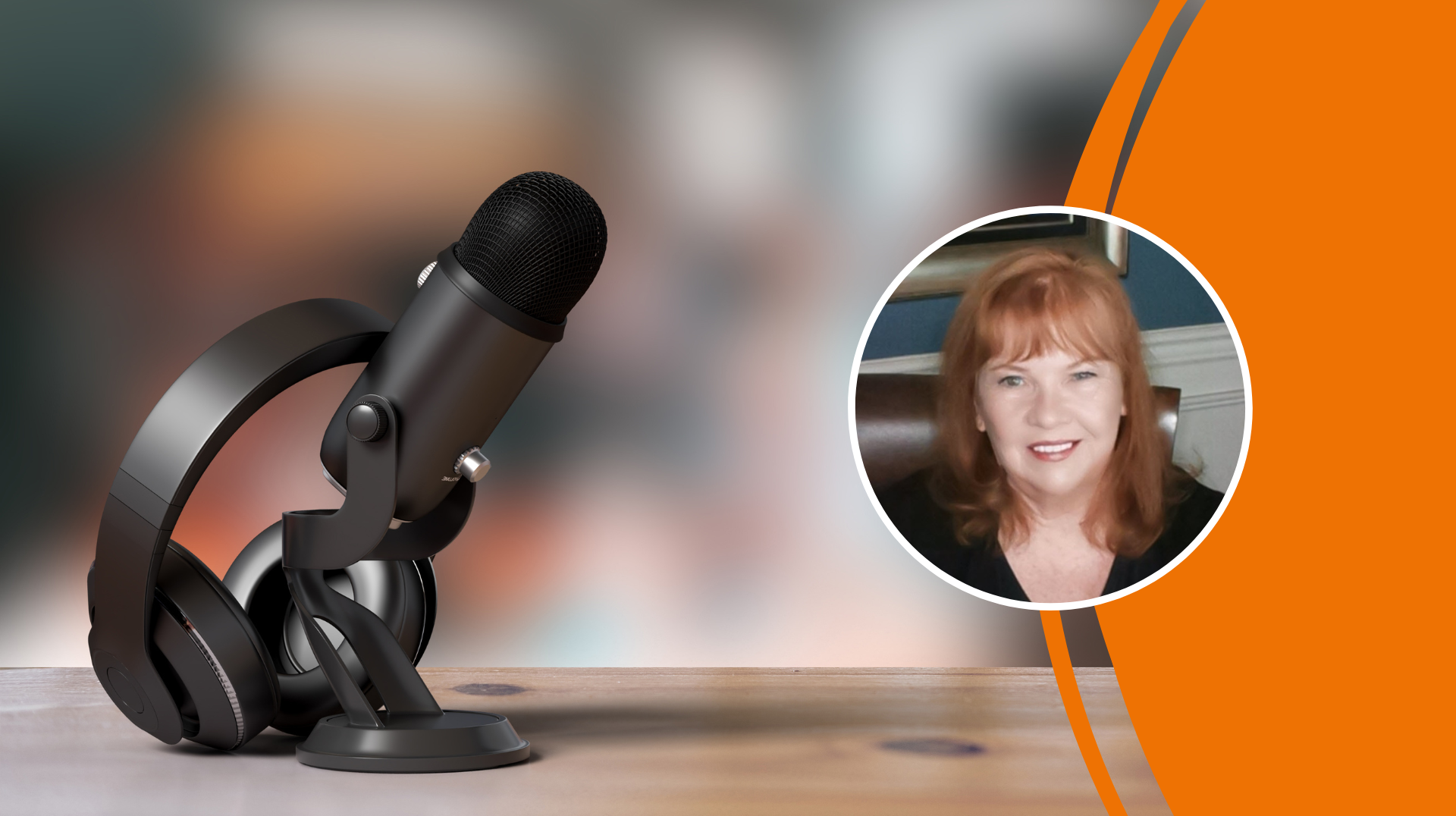Having an official Social Selling program within your organisation is one thing.
All good stuff. Providing you still get the buy-in from everyone else.
Old habits are hard to break. And, for many large organisations, sales and marketing can be among the most entrenched of all departments.
So, is your business social selling? Or are you spending more time selling social?
There are lots of reasons social selling efforts can stall.
It’s like any change program: it needs effort and continual monitoring. And there’s the day job to get on with.
Here are some questions to ask yourself if you think your social selling program has stalled.
1. Have your sales teams got a good LinkedIn presence?
As our Customer Success Director, Sarah Winter explains, “The foundation of successful social selling lies in a robust online presence.”Ensuring that your profile is fully optimised is essential to maximise all of those benefits and is one of the most popular topics we get asked about at Tribal, regardless of industry or role.
2. Do your salespeople have enough time?
Salespeople spend just 2 hours per day actually selling, according to HubSpot. That’s a lot of money being left on the table.AI is already impacting the sales process, with 75% of B2B salespeople who exceed their quotas using generative AI.
The same study found that AI can enhance 59% of a salesperson’s tasks, such as cold calling or inside sales. It can also help teams qualify leads, update CRMs, or craft more effective messaging.
LinkedIn’s AI tools can help salespeople draft posts, supporting them in sharing their insights with their audience (just so long as they edit and fact-check content before posting).
So, AI has huge potential to make salespeople more efficient and effective. The sooner salespeople learn to use it to save time, the more social selling they’ll be able to do.
3. Are employees ‘sold’ on social selling?
Statistics are great. But on their own, they’re not persuasive enough to get everyone onboard.They need to understand what’s in it for them, here are some reasons to share:
- 92% of B2B buyers are more likely to engage with sales professionals who are viewed as thought leaders in their industry.
- Engaging with the social selling program allows your employees to have the chance to become an expert in their field; someone whose opinion is valued – even sought.
- They’ll reap the rewards in terms of meeting their sales targets – businesses which prioritise social selling are 51% more likely to reach their sales quotas. (LinkedIn).
- A raised profile is never a bad thing for an individual, especially if they’re keen on advancing their career.
To be successful, it needs adoption from sales, marketing, employee communications, HR, and more.
Once your program has been running for a while, it’s worth revisiting your people and checking where on the social maturity model they are.
4. Are staff motivated to use the tools?
A successful program needs to incentivise employees to encourage engagement and activity.Your social champions – those who are totally bought into the program – can help by sharing their successes and giving more reluctant participants ideas to try.
- Show the impact through use cases of other successful social sellers.
- Make it easy for them to join the program.
- Make it fun too; how can you gamify the experience? “Salespeople can be super competitive” explains Ignacio, Group Distribution Experience Manager at Generali.
For example, they may way to improve their blogging skills or deepen their understanding of SEO. They benefit from these rewards, but so does the program when they create better content based on their learnings.
5. Are your salespeople onboard with content creation?
Employees who are newer to social selling may worry about the additional work. Some of our LinkedIn Live interviewees, such as Sandy Adam and Paul Lewis, talked about integrating social selling into existing sales processes to prevent overwhelm.
Paul adds content to LinkedIn’s company page for employees to share and suggests if they’re stuck for commentary to add, to try LinkedIn’s AI Writer to get them started. This takes some of the pressure away from content creation, helping sellers get the right content in front of their audience and grow their brands.
Both he and Sandy run one-to-one sessions to help social sellers get more from the process.
Trialing a train-the-trainer program can help you scale the right social selling mindset and make content creation less intimidating for newer sellers.
Remember it’s about progress, not perfection. Content creation takes many forms, think about:
- Commenting on other people’s posts
- Sharing an industry article
- Creating a quick video on your phone to share when hiring for a new position.
Not everyone will be comfortable writing articles and that’s fine.
6. Have you successfully integrated employee advocacy, social selling, and influencer marketing?
When you combine all three, the organisation only carries out one complete process as opposed to several new tactics.
This means there’s one content strategy and one clear owner/project manager for the program. Everyone is on the same program with the same holistic training schedule overlaid to ensure progress from social zero to social hero.
Taking this joined-up approach – which is a fairly subtle shift in mindset – ensures huge gains can be made in terms of culture change and mindset within the business.
This also requires the right tools.
To quote Steve Jobs, ‘You cannot mandate productivity, you must provide the tools to let people become their best.’
Your social selling program tool is only as good as the effort you put into keeping it active and current.
When many businesses first launch a social selling program, they make the mistake of investing only in the tool. They forget that, without the associated policies, training, and enablement, there’s no real program to speak of.
7. Are you focused on long-term behaviour change?
Are you aiming to equip your sales team with digital skills or merely training them on LinkedIn and Sales Navigator? 84% of training is forgotten within three months, highlighting the importance of effective enablement.
Tools like SalesLoft and Seismic facilitate interactive learning experiences.
The Learning Pyramid emphasises varied teaching methods for long-term retention. Sales enablement teams integrate social selling into daily habits, linking learning outcomes to revenue.

Blend training and enablement for success; understand individual skill levels and tailor programs accordingly. Meet them at their pace, building momentum with each success.
8. Are sellers using their LinkedIn Sales Navigator licenses?
Seen as the holy grail for social sellers, LinkedIn Sales Navigator is indeed a powerful tool.
But, like anything, it’s only as good as the skills of the person using it.
It’s too easy for businesses to invest in licenses and then expect their social sales to fly.
Here are some ways to get the best from Sales Navigator:
- Identify Key Accounts and Influencers: Start by identifying prospects, clients, competitors, journalists, specialists, and industry influencers relevant to your industry.
- Create a Lead List: Add all those names to a lead list (or multiple lists) to find them easily within the tool.
- Create Alerts: Set up alerts in Sales Navigator for the selected list. This will keep you informed about their latest posts and activities.
Research and searches are unlimited but InMails – the things that potentially carry the power to grow your network – are limited. So it’s crucial to get the right training for your people before you send them off on a mission they can’t complete.
We recommend a blended approach to training as highlighted in point 7.
9. Are your teams using Sales Navigator’s Account IQ?
LinkedIn has introduced account insights and IQ features to its Sales Navigator, these new features, powered by Generative AI, will provide in-depth financial data and insights into the competitive landscape.The Sales Navigator upgrade is a game-changer, turning it into a comprehensive intelligence tool for sales teams. It will enable more strategic approaches to upselling, cross-selling, and engaging new accounts.

10. Are you measuring the right metrics – or misinterpreting data?
Measurement – and demonstrating your return on investment – is key to keeping all parties bought in to the idea of social selling.
It’s well known that deal sizes are bigger and close faster for social businesses.
Consider adding a way to track deals involving social selling into your CRM, that way you can track its impact.
"We achieved our target sales pipeline from social selling in half the time forecast. Already, 13% of this pipeline has converted into sales, far quicker than our typical 2-4 year sales lead times."
Tribal Client Laura Lamard, Global Social selling Manager
Henkel Adhesive Technologies
For individuals, LinkedIn calculates an SSI score – Social Selling Index – which they can use to see whether their efforts are well targeted. It’s not an exact science but it’s an indicator.
11. Do your sellers know how to multi-thread?
46% of top-performing sellers have relationships with seven or more decision-makers in their top accounts.How you pitch to a CFO is very different from how you’d pitch to an end-user, versus how you’d pitch to an IT admin.
Yet, to multi-thread effectively, you’ll need to pitch to all of these people. Practically, that means a sales rep needs to adapt their tone according to who is in the buying committee.
Read more about how to successfully multithread here.
12. How do you incentivise the program?
With any social selling program, it’s important to outline the benefits to the individuals involved and not just focus on the clear corporate benefits.Additionally, once the novelty of being in the program has waned, it’s a good time to reinforce these personal benefits, perhaps by using real examples as case studies.
Get your social heroes to speak about the benefits they’ve seen. Perhaps they can explain that these benefits take a time commitment to happen.
Finally, if people need more convincing, it’s worth revisiting a couple of things.
First, get them to brainstorm what they want from their involvement in the program. Find out whether these expectations can be met, either by the program as it stands or through some slight tweaking.
Secondly, audit their activity to date and the approach they’ve been using. Make sure they’re using best practice. It might be that they need some additional training to help them get the most from the tools and the program.
Training and enablement are key to success
So, there you have it: 12 reasons why your social selling program might not be working.Underlying most of our advice is training.
When a large organisation implements a major new way of working such as social selling, it will inevitably take time to embed. People need to understand what’s expected of them.
By continually learning lessons and feeding your knowledge back into the training loop, you’ll benefit at every stage from relevant and up-to-date advice for everyone involved.
Editor's Note: This blog was originally published in 2019 and has been completely refreshed and updated to be relevant for 2024.


